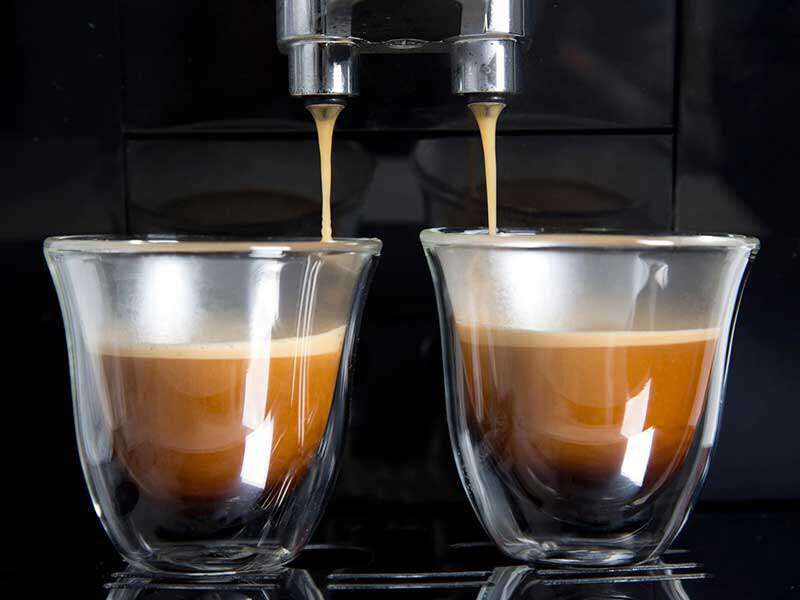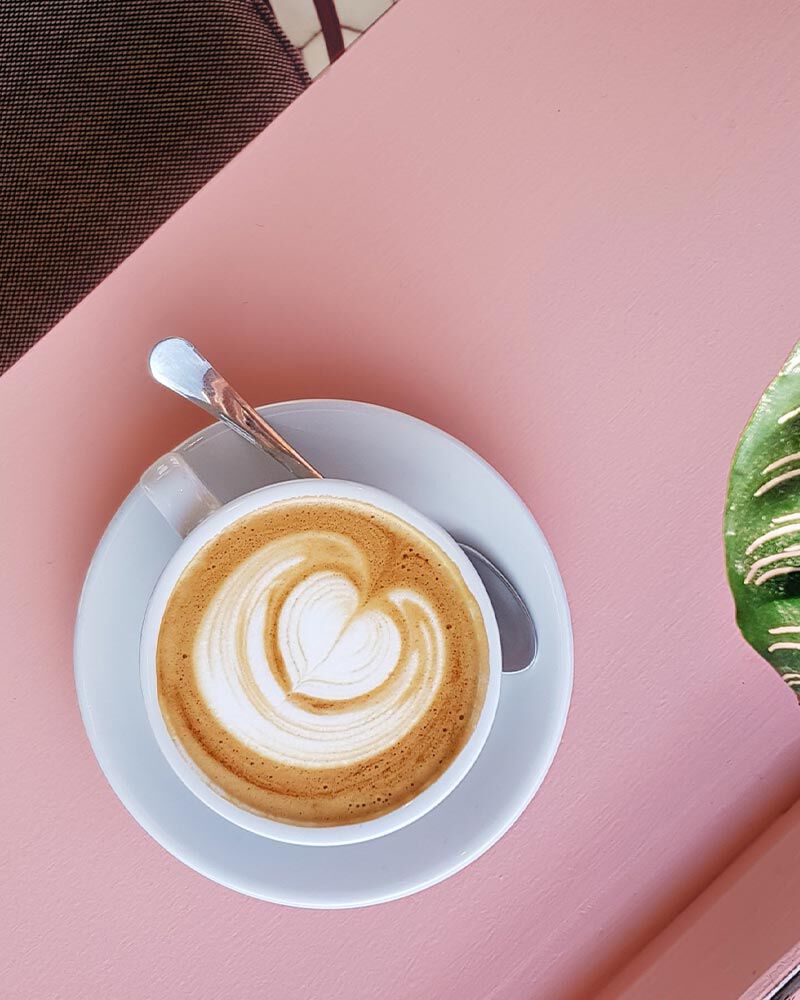
Espresso is a concentrated form of coffee found on the menu and is a requisite in making your favorite Latte, Cappuccino, or Mocha. While a simple process, it can take great experience, effort, and equipment to make a truly world class espresso. Espresso is a term that is often misused. The correct definition is forcing high pressure water over finely ground coffee. The idea of creating an esxpress is to intensify the characteristics of whatever bean you select. And in most cases this will be a blend of some sort.
The Bean.
When making espresso, the first key is to choose the right beans. Most specialty shops have an espresso blend but remember there is no such thing as an espresso bean or roast. Typically espresso’s are a blend of different types of beans. Robustas are the most common due to their higher caffeine levels but specialty shops do sell espresso blends made up of entirely arabica beans. Espresso blends are typically roasted medium-high to high. Although robusta are considered ineferior to arabica beans, Many of the tope producers of the world’s best espresso roasts argue that you need to have some type of robusta in the blend for the right flavor and more importantnly, the formation of the “crema.” If you are experimenting with making your own blend at home, a simple blend of 50% fully acidic Costa Rican arabica with a full bodied robusta would be a good place to start. You can change the ratios and add other variety to suit your taste.
The Grind.
To make the perfect espresso getting the right grind is essential. If you grind the beans too course, the brew will be watery and thin, not having enough coffee. However, if you grind it too fine, the coffee will come out too thick and bitter. Espresso needs to been finely ground but not pulverized like with Turkish coffee.
Tamping.
A tamper is used to pack down the ground coffee in the filter basket. The Italian term for this detachable filter basket is gruppa. The idea when tamping your coffee into the filter is to allow water to flow through the coffee at a precise rate. If you tamp (i.e. pack) the coffee to tight, water will not flow through but if it is tamped too lose you will not have the right amount of coffee.
The Crema.
If you ground the beans and tamped the coffee correctly, you should have the best part of the coffee coming out first. This is black in color and makes up most of the espresso. After the first extraction of black coffee you will see a lighter, caramel-colored crema. The crema is important as it affects the presentation of your espresso as well as the flavor. If you over-extract the gruppa, you’ll see a thin crema. Ideally you’ll have a think caramel colored crema evenly spread over your espresso. The color of the crema will also let you know if you tamped the coffee correctly. Light crema indicates you tamped too lightly.
Ideally the cream should be evenly colored and up to 1/4 inch thick. If you have a dark-brown cream with a white dot or black hole in the middle, this usually means the espresso has been over-extracted. This leads to a bitter taste as you drink the coffee.
TIP: After you see the cream for a few seconds, turn off the machine. If you leave the machine on for too long, the coffee will become watered down and bitter.
What type of Coffee should I choose?
Traditionally the type of coffee you use is a high roast bean. Coffee is a matter of preference so you can easily use a medium roast if that suits your taste.



